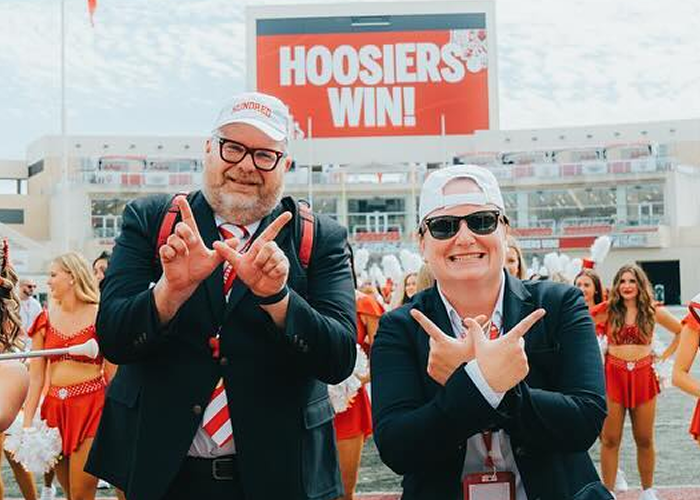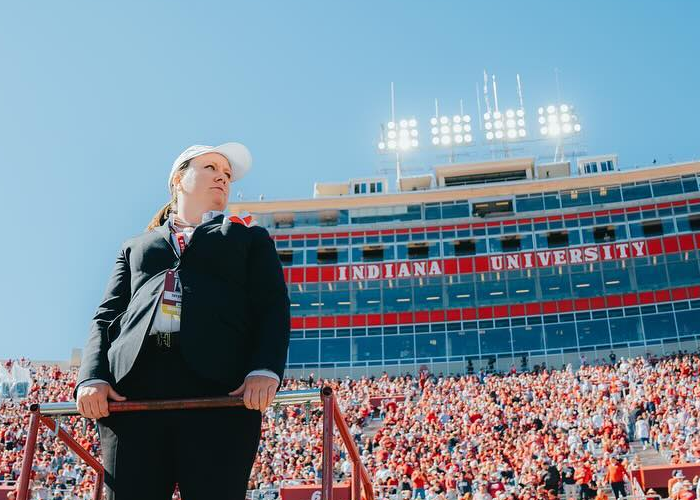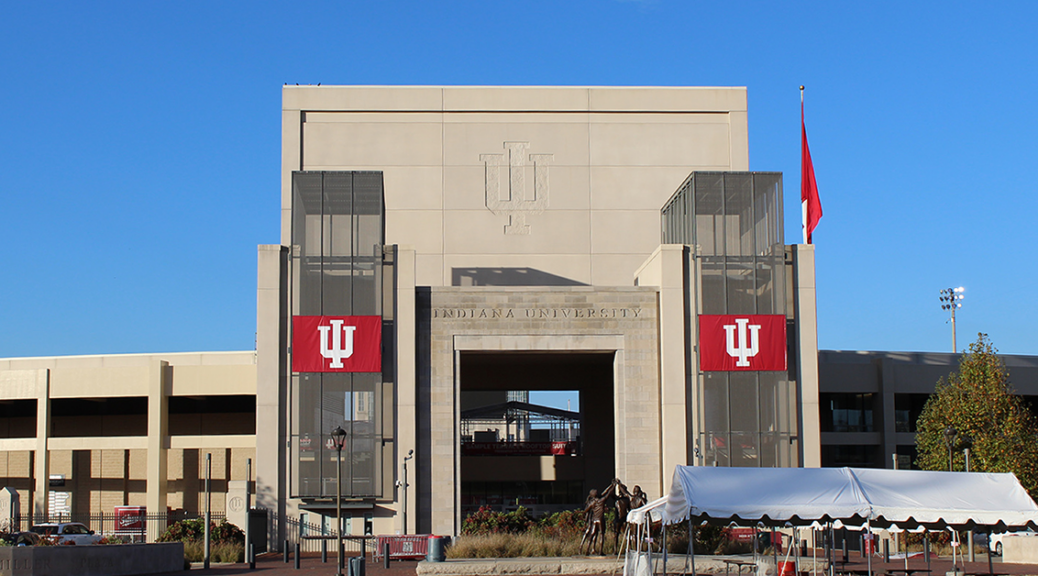Is the NIL fair for all athletes alike?
By Meara Doran and Jane Negus
Bloomington, Indiana (Oct. 7, 2024)
The NIL was introduced with the intent of NCAA student-athletes earning deals from their name, image, and likeness. The initial purpose of the NIL was for all athletes to benefit from endorsement opportunities, yet these seem unfair. Many high-profile players in sports such as football and basketball are securing lucrative deals unreachable to those not well known. Athletes in sports that don’t attract as much publicity often struggle to inherit the same type of support and endorsements. This disparity has sparked questions about whether the NIL is a fair system. The goal of the NIL is for college athletes to profit, but many people question whether this is a fair market for all college sports. Are smaller sports being overshadowed by large-market athletes and sports?

There are varying opinions about NIL in the college space, and many people have differing thoughts and opinions about NIL collectives. As the NIL is newly established, there is still a lot of unknown. From recruitment dynamics to the financial benefits for athletes, the effects of NIL policies are becoming increasingly evident. Dr. Eric M Smedley, Co-Director of the IU Marching Hundred and Athletic Bands, had some insight into this issue. The introduction of NIL rights has brought new challenges to maintaining fairness in college sports, particularly in recruiting. Dr. Smedley explained, “Schools that had successful “brands” had a leg up right away. Schools in larger cities, where more businesses are to offer NIL deals to help sell their products, automatically have an advantage. Schools in smaller markets are disadvantaged. West Coast schools are at a disadvantage because their teams play late games on Saturday to stand out – but a lot of this happens after East Coast people are in bed.” This inconsistency has resulted in notable differences in the opportunities accessible to athletes based on their school’s geographic location and market position. Dr. Smedley also talked about the differences in NIL deals between those in popular sports and sports that don’t get much publicity. He explained that “The NIL collectives that have risen, parallel to large universities, help athletes secure NIL deals; however, the focus is on the big profile sports. These collectives work closely with athletic departments, who want more revenue. The more popular sports will win out in that equation.” For athletes not in the limelight, creating a personal brand robust enough to secure NIL deals can be a challenging endeavor, especially without backing from institutions.
There is also a conversation that suggests college athletes should be receiving compensation beyond NIL deals. Many questions come up surrounding this issue, including: How should that compensation be structured to ensure fairness across both high-revenue sports like football and basketball and lower-profile sports? Dr. Smedley answered this question with confidence, stating. “This is coming. The NCAA lawsuit settlement from over the summer dictates that universities can pay up to 20 million a year – but there is language in there that specifies that the money has to be shared equitably with the other non-revenue sports.” As college athletics evolves, the balance of fairness, opportunity, and financial equity will stay vital to conversations.

The topic of NIL has certainly changed the way college athletics and athletes are viewed. Dr. Tiffany Galus, Co-Director of the IU Marching Hundred and colleague of Dr. Eric Smedley, explains that “NIL has created a new, unique environment for college athletes,” adding that the NCAA and other college sports organizations are still “workshopping this new landscape.” The distribution of NIL support remains uneven across programs, with Dr. Galus hoping that “in years and seasons to come, this can be more refined and balanced.”
The disparity is especially evident for athletes in smaller or less popular sports. When asked for her opinion, Dr. Galus said, “It depends from program to program and there are many nuances to how the NIL support is dispersed, as funds are not only provided through the college programs, but through outside organizations as well.” While Dr. Galus supports financial compensation for athletes, stating, “I am in favor of college athletes being supported financially for their efforts,” she emphasizes that any compensation structure should be dependent “on a program-to-program basis, which hasn’t settled yet, in this new NIL landscape.”







